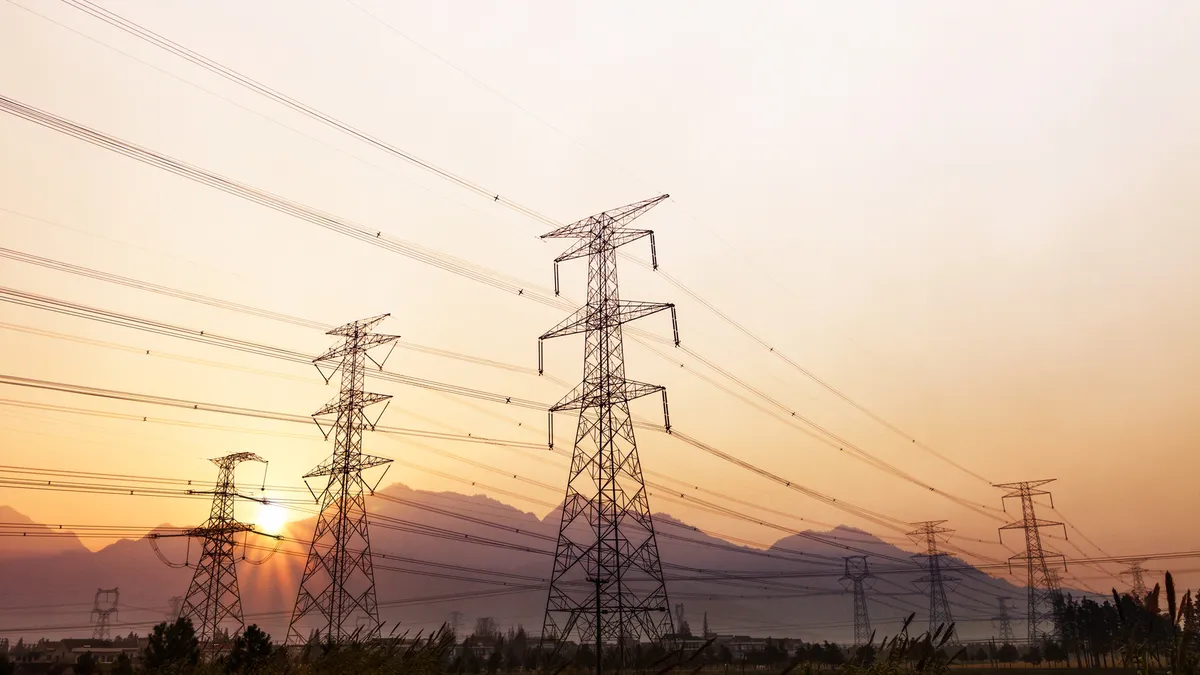On December 11, the California Energy Commission (CEC) approved a 10-year demand forecast for the Golden State.
The 156-page forecast is a key document that helps guide utility resource selection and California Independent System Operator (ISO) planning decisions. It was developed with input from utilities, the ISO and others. As with all forecasts, the report was made using the best information available, but is subject to revisions as events unfold. It is part of California's biennial energy plan, set to be voted on in January.
The forecast paints a picture of muted demand growth coupled with surging distributed generation over the next decade. As many states adopt energy efficiency and renewable policies similar to those forged in California, the report provides a snapshot of where the U.S. – or large parts of the country – may be headed.
Demand growth appears muted
In its forecast, CEC staff presents three demand scenarios: high, middle and low.
The CEC expects electric demand in California to increase by about 1.2% a year through 2024 and peak load to climb by about 1.4% a year under the mid-case scenario.

However, the estimate only includes “committed” energy efficiency savings related to programs that have been approved by the California Public Utilities Commission (PUC).
The demand outlook changes significantly when it includes “additional achievable” savings from “reasonably likely” building code upgrades, stricter appliance standards and utility efficiency programs expected to be up and running after 2014.
The CEC only analyzed the additional savings for California's three investor-owned utilities (IOU) serving most of the state: Pacific Gas & Electric, San Diego Gas & Electric and Southern California Edison. Demand growth for the IOUs is essentially flat under the CEC's mid-case scenario when including expected energy efficiency savings, according to the CEC's forecast. Energy use is expected to remain slightly under 200,000 GWh a year for the IOUs while peak demand is expected to remain in the 45,000 MW range over the next 10 years.

Energy efficiency savings grow
Since 2003, California has selected energy efficiency as the preferred resource to meeting its energy needs. Total savings have grown from around 30,000 GWh in the late-1990s to about 65,500 GWh last year. Based on approved efficiency programs, the CEC expects savings to continue climbing to around 100,000 GWh by 2024.

Of course, savings will likely be higher when including likely-to-occur events such as tighter appliance standards.
Building codes, appliance standards key factor in savings
While not usually a headline-making issue, building codes and appliance standards have a major effect on electric use. Approved codes and standards will save roughly 65,750 GWh in California by 2024, about twice as much as today. Peak demand will be reduced by about 16,775 MW compared to about 9,450 MW last year.

Distributed generation rises
At the same time that efficiency savings are increasing, distributed generation and solar hot water heating in California are taking off. The CEC expects self-generation to reduce peak load by about 4,400 MW by 2024, up from about 2,800 MW in 2013, under the mid-case scenario. Reflecting the growing outlook for self-generation, the increase is higher than the CEC's forecast from 2011.

The CEC expects rooftop solar to cut peak demand by about 2,250 MW by 2024, up from about 1,100 MW this year, under the mid-case scenario.
Electric vehicles hit the road
The growing number of electric vehicles (EV) on California's roads will partly offset other areas that are putting a damper on electric use. However, even with rapid EV growth, electric cars will only add modestly to California's overall demand.
The CEC expects EVs to use about 5,300 GWh in 2024, up from around 150 GWh this year. EVs will add about 225 MW of peak demand by 2024 compared with about 59,800 MW in peak demand last year, according to the forecast. Most of the expected EV growth will come from the residential sector, according to the forecast.

Power prices climb modestly
The CEC expects electric rates to climb by about 22% to an average of 16.4 cents/kWh in 2024, up from 13.4 cents/kWh in 2012. While no one likes rate increases, the roughly 1.8% annual increase expected by the CEC is fairly modest. The expected prices include the cost of California's cap-and-trade system for greenhouse gas emissions.
A roadmap to America's energy future
In a nutshell, the CEC report charts a state that is on course for modest load growth, increased efficiency savings, more distributed generation and a growing EV fleet. If you want a roadmap for the future of the U.S. power sector, look at California and its demand forecast.














